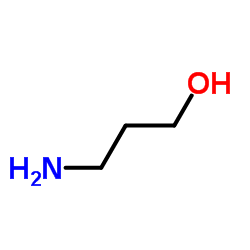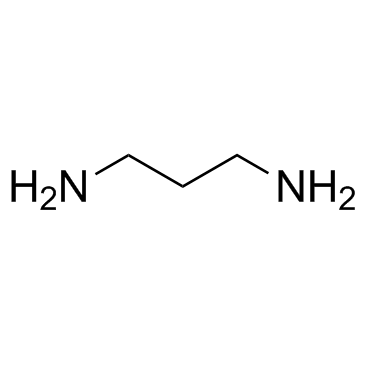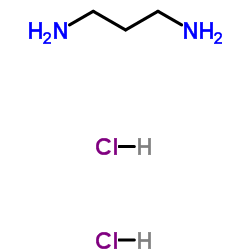| 结构式 | 名称/CAS号 | 全部文献 |
|---|---|---|
 |
3-氨基丙醇
CAS:156-87-6 |
|
 |
1,3-丙二胺
CAS:109-76-2 |
|
 |
1,3-二氨基丙烷二盐酸盐 (低含水量)
CAS:10517-44-9 |
|
 |
4,6-二乙酰基雷锁酚
CAS:2161-85-5 |